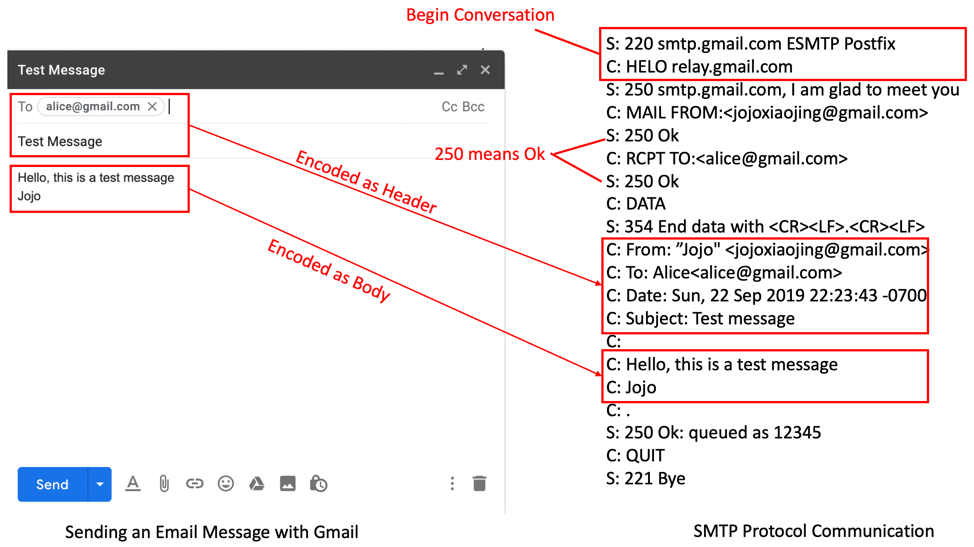The Revised Definition of Network Protocol
Hey Team,
The post below is my revised version of the assignment 1:3 writing definition based on the suggestions from Amy.
Term
Network Protocol
Situation
A software developer in a mobile application company is explaining to the product manager about how their mobile application communicates with each other through the network.
Parenthetical Definition
Communication contract between network devices
Sentence Definition
A network protocol is a set of rules and standards that devices need to follow when they are communicating with each other through the network.
Extended definition
Comparison and Contrast: The communication between network devices is similar to communication between people. When living in Canada, people from different countries talk in the same language (English or French) to understand each other. Similarly, network devices also need to use the same “device language” so that they can exchange information with each other, and the definition of the “device language” here is the network protocol.
Analysis of Parts: Basically, the network protocol is a set of rules that governs data communication between network devices. It has 3 key elements:
- Syntax: Format of the basic data unit. e.g. A network protocol may define that it only supports one kind of message, which comprises 2 parts. A first part is a number called “header”, while the second part is called “body” which consists of some English characters.
- Semantics: The meaning of different values in each part. e.g. If the header of a network protocol is a number, it may also define the number 0 in the header means “Hello”, while number 1 represents “Goodbye”.
- Timing: The time and sequence packets should be sent. e.g. A network protocol may define that the two network devices should always begin their conservation with “Hello”.
Examples: People use network protocol almost every day when they are using the Internet. For example, when sending email messages to others, the Simple Mail Transfer Protocol (SMTP) is used under the hood. As shown in Figure 1, when the user clicked the sent button of their email application, the application (represented as “C” in the figure) and email server (represented as “S” in the figure) will communicate with each other via SMTP protocol. Based on the timing rules, they will always begin their conversation with 220 (service ready) and HELO (hello). During the conversation, code 250 is used multiple times, which means acknowledgment (or Ok) based on the definition of semantics. When the server is ready to accept email, the application will follow the syntax rules to encode the email message (there are different kinds of messages in SMTP). The addresses of sender/recipients and the title will be encoded as Email Header, while the content of the email will be encoded as Email Body.

Negation: Since the Internet is so popular nowadays, many people may assume that network protocol is the same are “Internet Protocol”. However, this idea is wrong since network protocol is a generic term of network communication contract, while the “Internet Protocol” (or IP) is just a specific network protocol that defines the way to represent the addresses of source and destination during the Internet communication.
References
Kurose, James F. Computer networking: A top-down approach featuring the internet, 3/E. Pearson Education India, 2005.
Wikipedia. Simple Mail Transfer Protocol. https://en.wikipedia.org/wiki/Simple_Mail_Transfer_Protocol
Stevens, W. Richard. TCP/IP illustrated vol. I: the protocols. Pearson Education India, 1994.